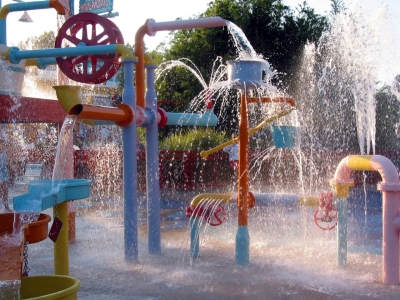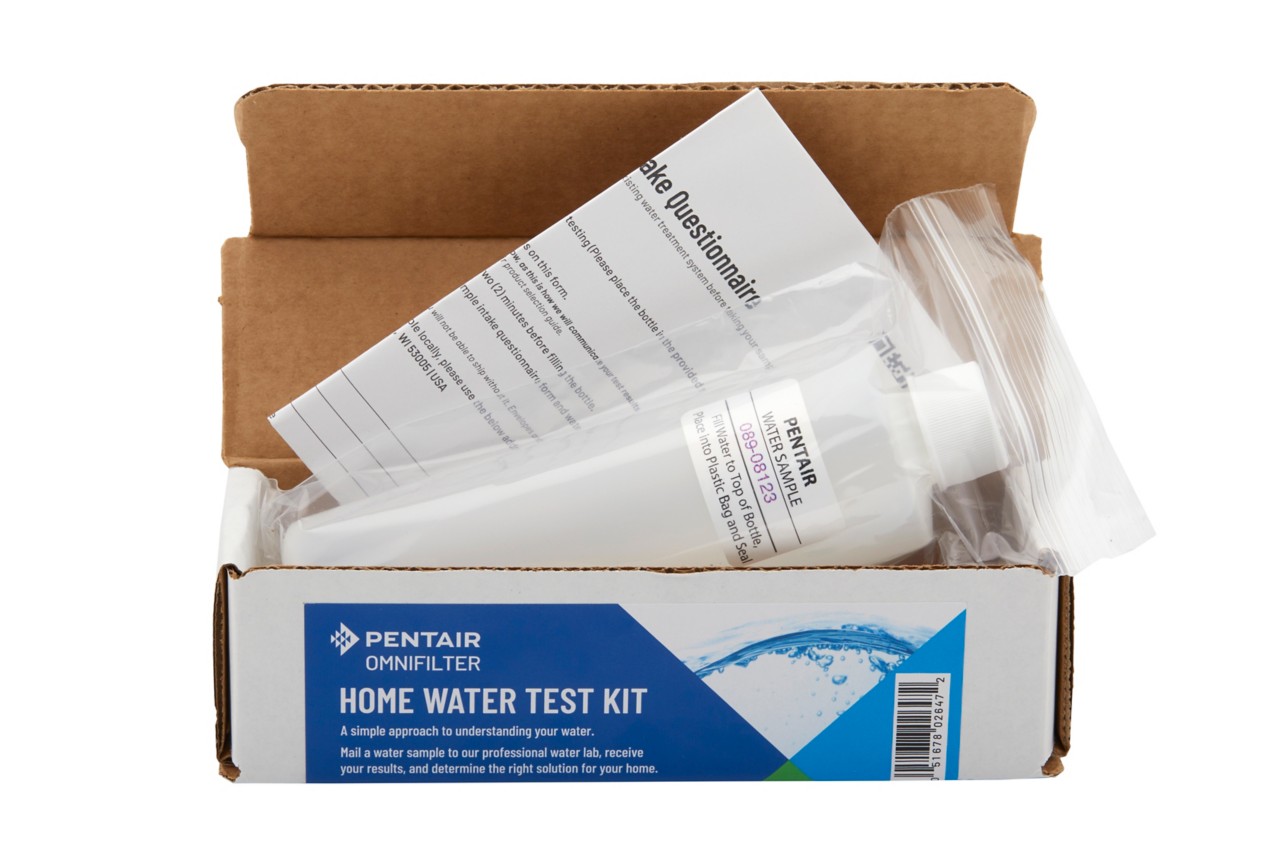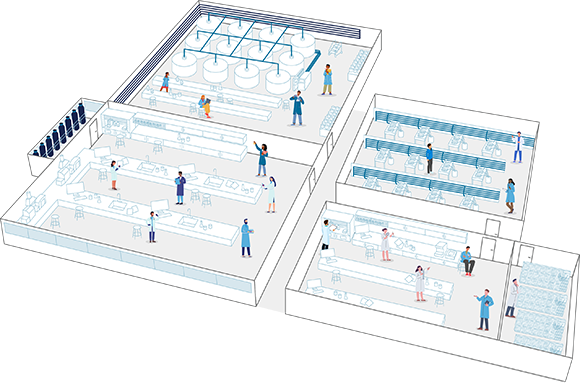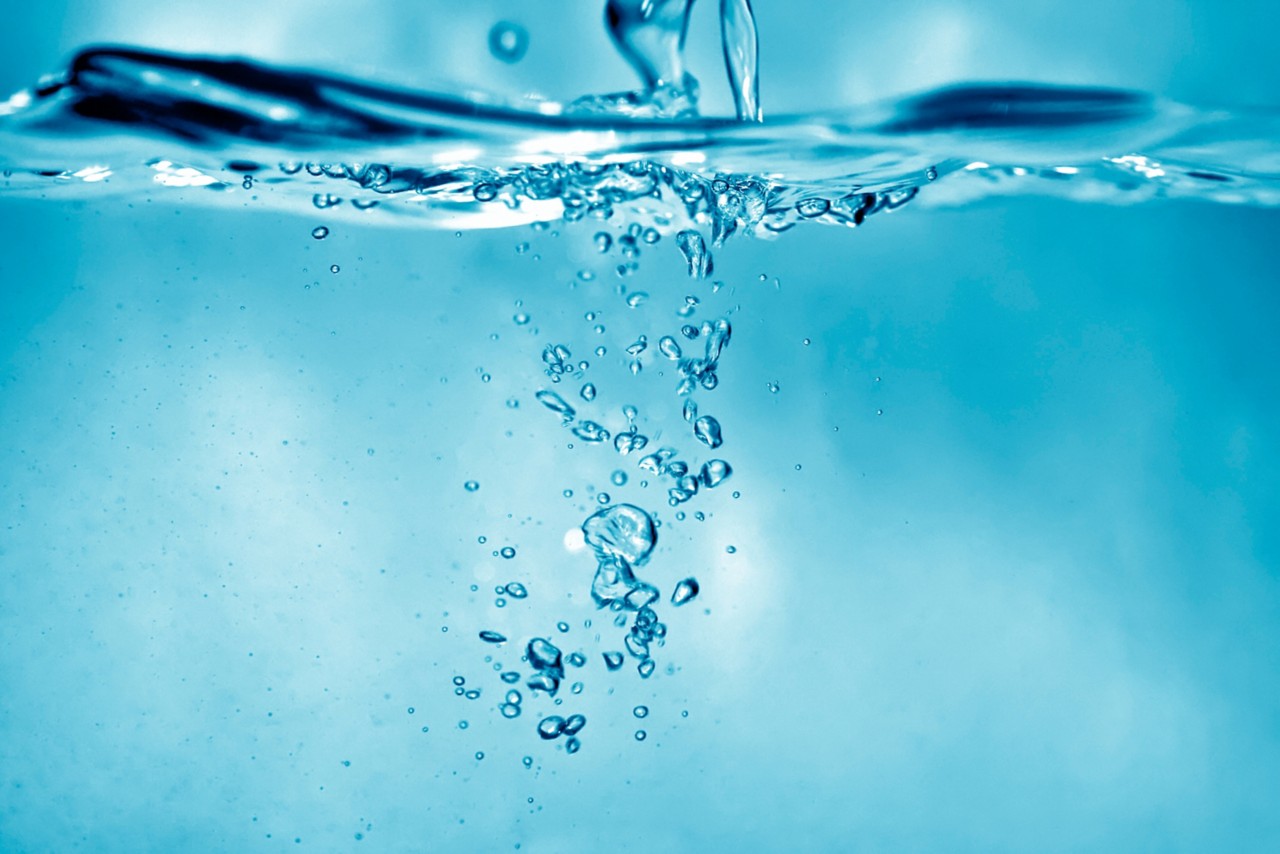In an increasingly water-conscious world, a water park seems like a luxury from the past. Imagine the water consumption of a 900,000-gallon water park in a state afflicted by drought. The park would use a stunning 328,500,000 gallons a year if it were refilled every day.
Fortunately, no water park consumes that much water, if for no other reason than the financial cost. Like any business, water parks are concerned with maximizing profits, which means keeping operating costs low. Besides, using that much water would be disastrous from a public relations standpoint—consider the reaction such waste would generate in drought-weary California.
So, if water parks aren’t tapping the local water supply for a
complete refill every day, where do they get their water?
Reclaim, Refilter, Reuse
Most water parks are well acquainted with their reputation as water-wasters, and the need to advertise any advances they make in water conservation. For most parks, this means reclaiming, filtering, and reusing as much water as possible.
Reusing is a common practice. The Schlitterbahn Park in Galveston, Texas, recaptures, filters, and reuses 97 percent of the 3.5 million gallons needed to keep the park running. The three percent the park loses is claimed by evaporation.

What's in your water?
start here
Worried about your water? Take control with our at-home water test kit. We'll analyze your water and recommend the best filtration or softening solution for your specific needs.

Architecture also plays a role. Ever wonder why water parks seem to tower above the surrounding landscape? That’s so the designer can build one attraction above another. Water pumped to the top attraction is fed to lower attractions through gravity.
The future of water parks depends on their ability to conserve water and convince the public they can, in fact, be environmentally sustainable. A park that replaces water-hungry landscaping with drought-resistant plants installs low-flush toilets, and develops innovative methods of reclaiming and filtering water is more likely to earn the public’s goodwill and more likely to keep the gates open.
In many ways, water parks find themselves in the same situation the water softening industry experienced. Faced with salt-based water conditioners that generate gallons of briny wastewater a day, industry leaders had a choice: continue selling water-intensive systems or develop a more environmentally friendly solution.
We are water Experts
Water quality is non-negotiable. To prove it, we've built state-of-the-art water quality labs and filled them with the best and brightest scientists — all so we can provide you with the best water of your life.


Water 101
Unleash the secrets of your H2O! Explore where water originates and discover the various water filtration solutions that transform it into drinkable water.
Related Articles

5 Fruit-Infused Water Recipes to Try This Summer
A simple walk around the block with Fido has you…

5 Things Chlorine can damage
If you have public water, chances are it contains chlorine..

Does Your Body Tell You How Much Water to Drink?
How much water should I drink a day? Water is…
Disclaimer: The information on this website has not been reviewed by the FDA. Products offered for sale herein are not intended to treat, cure or prevent any disease or health condition. No medical claims are being made or implied. Contaminants mentioned are not necessarily in your water.




